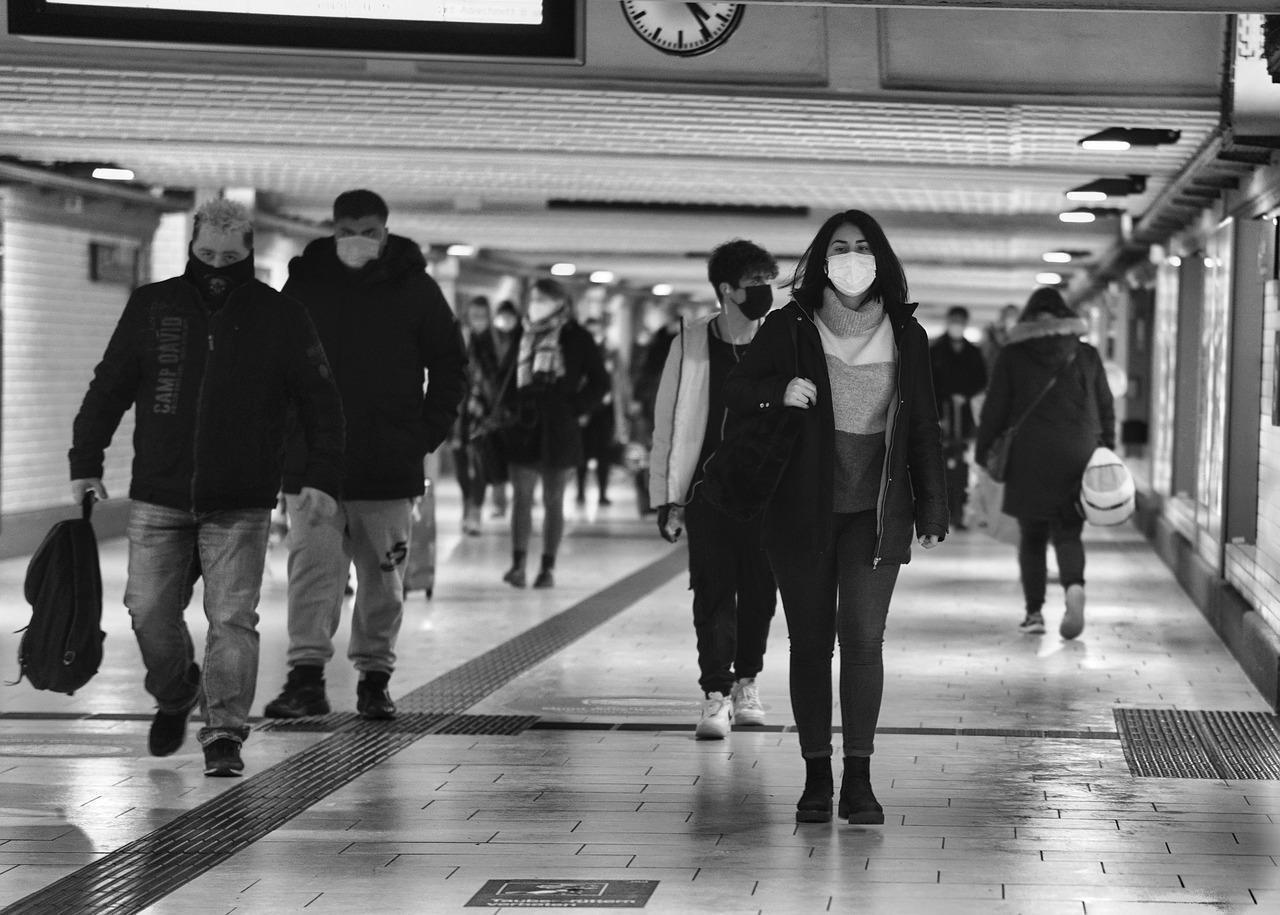The San Bernardino Board of Supervisors unanimously approved ordinances allowing Code Enforcement to immediately issue citations related to illegal cannabis grows and make it easier to abate or clean up those sites.
Over the past several months the county has taken an aggressive approach in fighting against illegal cannabis grows with Operation Hammer Strike. Illegal grows negatively impact the wellbeing and safety of area residents and have devastating impacts on the environment.
The vote will do several things to help mitigate the impacts of illegal cannabis sites in unincorporated San Bernardino County. The new ordinance creates streamlined and expedited procedures for abatement and passes the cost of clean-up on to the property owners, not the taxpayers. It will also authorize issuance of immediate administrative citations where there are proven violations related to the illegal cultivation of cannabis.
Moreover, it allows for the items used in the cultivation of illegal cannabis to be declared a public nuisance and therefore subject to abatement and discarding. Items include things such as trailers, hoop houses, electrical equipment, fencing, greenhouses, sheds, and irrigation systems.
“This vote is a big step forward in our fight against illegal cannabis and the dangers associated with it,” said Dawn Rowe, Vice Chair of the Board of Supervisors. “While we continue to make significant progress in shutting down these sites, we need to do more to ensure that we clean up the mess that these criminals leave behind. All of our residents deserve to live in safe and clean environment.”
From Nov. 29 to Dec. 5, the Sheriff’s Marijuana Enforcement Team along with deputies from several patrol stations served 22 search warrants after receiving numerous complaints about large outdoor and indoor marijuana cultivations in these areas.
Sheriff’s personnel located and arrested 21 suspects. Investigators seized 19,117 marijuana plants, 10,844 pounds of processed marijuana, nine guns and over $99,000. A total of 312 greenhouses were eradicated from these locations and four indoor grow locations. Investigators mitigated one electrical bypass and one THC extraction lab.







